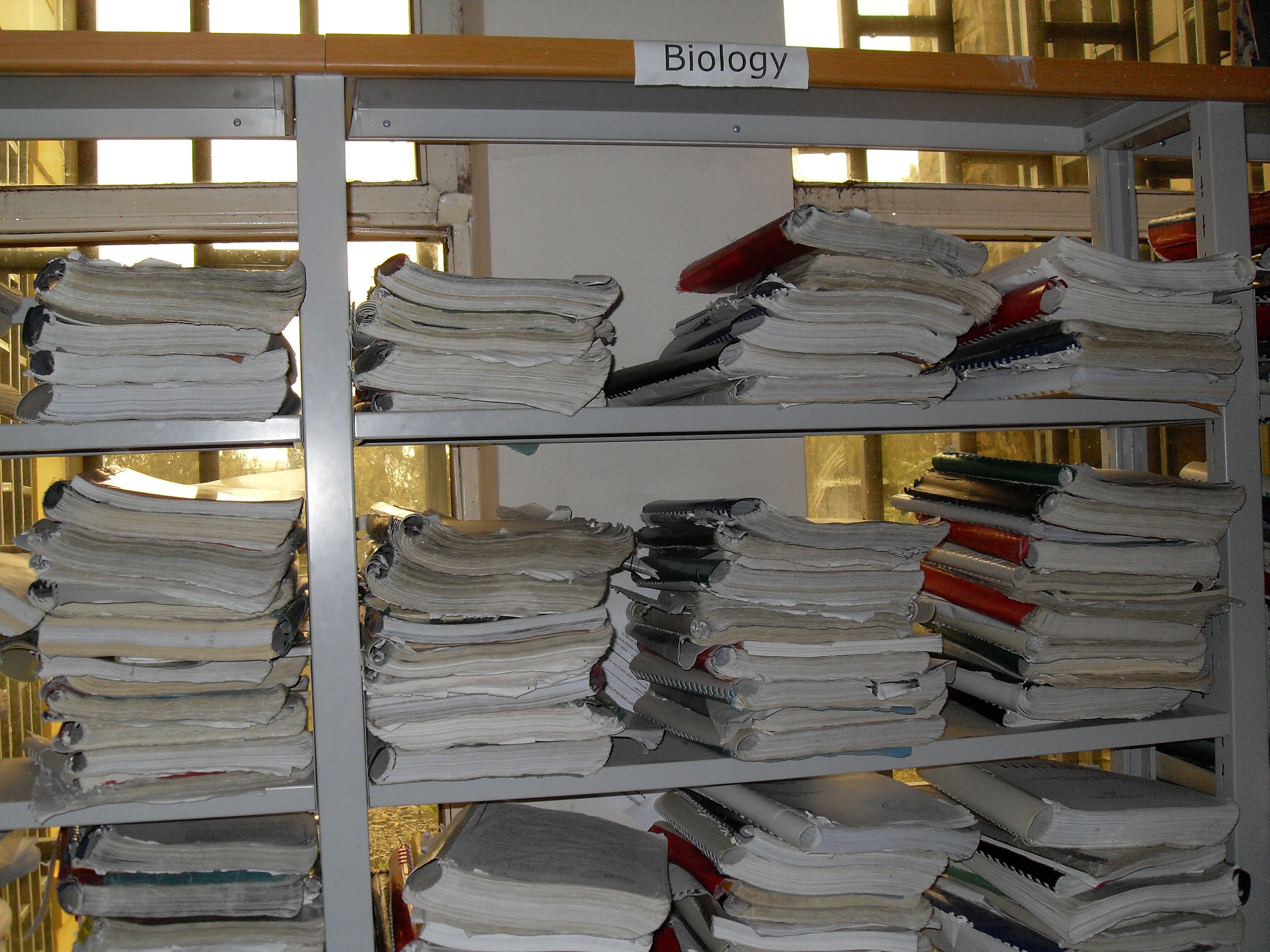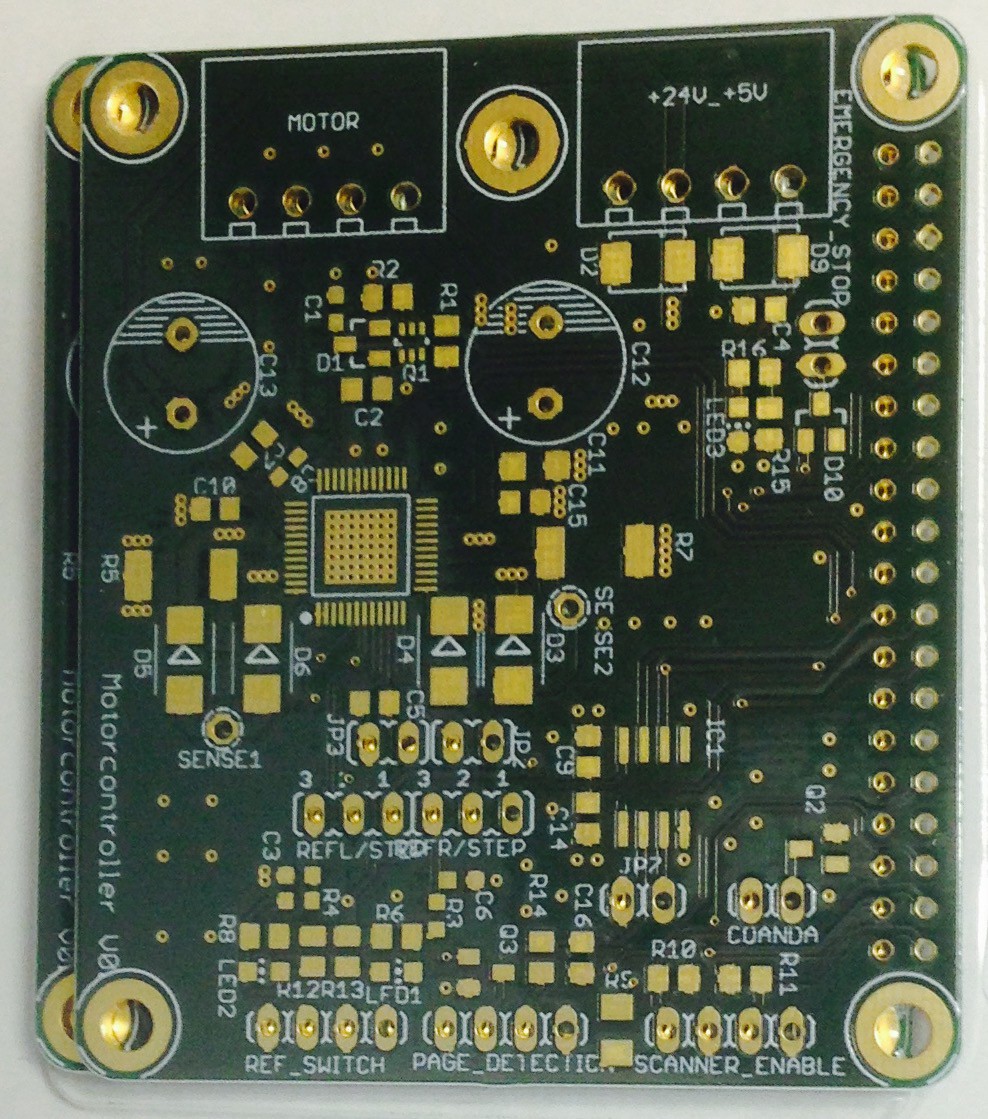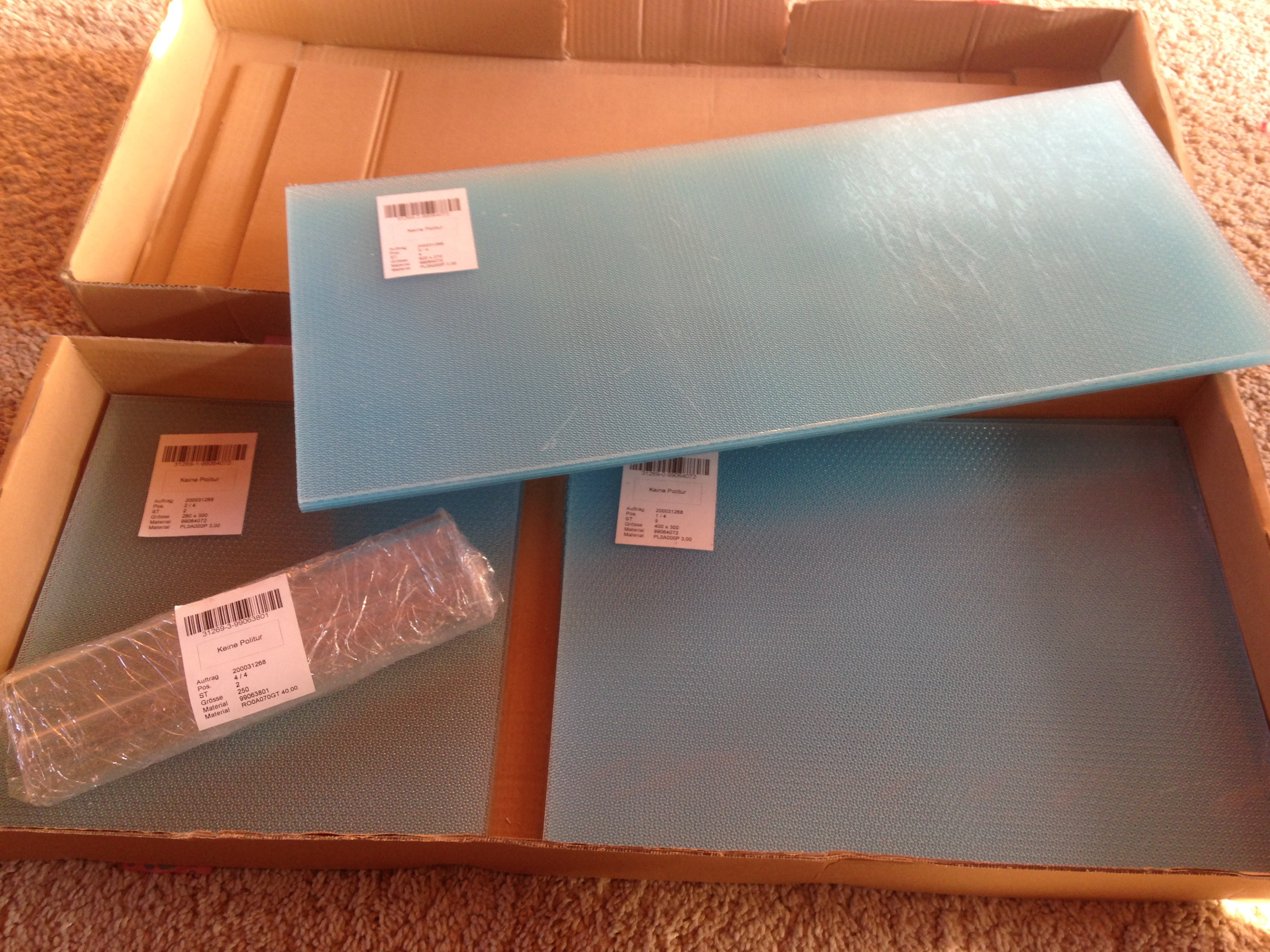EXECUTIVE SUMMARY :
A Professor of an Ethiopian University has asked us to develop an automatic BOOKSCANNER for his and other universities in Africa. The reason for this is that they do not have the money to buy enough textbooks for the increasing number of students.
Our design goal is that every maker can build our automatic BOOKSCANNER for about 500 Euros. Find details at: www.bookscanner.de
Or in other words: BUILD SOMETHING THAT MATTERS!
With this BOOKSCANNER every university library in developing countries can digitize all required books and provide it to the students.
First video of the project showing the first proof of concept prototype.
If you like it, please hit 'LIKE' right now ... Thank you!
THE WHOLE STORY:
The problem which leads us to this project was the lack of enough text books in Ethiopian Universities. Ethiopia has recognized that the only way into a safe future for the country is education for the coming generations. Huge effort is already made to build universities and recrute teachers from other countries to start the process. Ethiopia has more than 100.000 new students entering the universities each year. But so far they don’t have enough text books in their libraries. It is beeing tried to make copies of them but they do not last long and the process of making them is boring and has a high failure rate (double or missing pages).
During the Maker Faire 2013 in Hannover this problem was published in a lecture from a Professor (University of Mekele, Ethiopia) and makers were asked to build an automatic BOOKSCANNER to solve this problem in Ethiopia. We thought that means to BUILD SOMETHING THAT MATTERS and work on this non-commercial project to provide plans to build the BOOKSCANNERS in Ethiopia or where else they would be needed.
That was the start of the project mäqädat (amharic - ethiopian language: to copy and frisian - german coastal dialekt: ‚[so] mok wi dat’ = lets do it). We have a growing number of people working on different aspects of the bookscanner as: the mechanical design, simplification to grant an easy reproducability, electronical design, software design, writing an assembling manual and prepairing a workshop in Ethiopia to build the BOOKSCANNER there.
The basic concept of our BOOKSCANNER was invented by Dany Qumsiyeh who first published his idea August 2012.
We changed his design in two major aspects: The first is that Dany used a vacuum cleaner to energize the page turning mechanism with vacuum. We invented a mechanism to turn pages reliable and gentle with pressurized air (using the Coanda effect). This has some advantages as over pressure is cheaper/ easier to generate and no pages can be damaged due to differential sticking. Secondly Dany build his bookscanner from sheet aluminium but proposed steel for further developments - you would need the right machines to precisely cut and bend this material. One major design aspect for our BOOKSCANNER was that it needs to be build without special toolings and special knowledge. The result should be a reliable machine even if only very basic tooling is available. We decided to use a main structure from aluminium profiles which can be assembled easily and sheets of acrylic for the panels. Depending on the availability this acrylic sheets can be cut with a laser cutter or by a hand saw. The material to build the Scanner will be about 500 Euros.
The electronic is based on a raspberry pi computer and some additional electronic components e.g. to control the motor which moves the book. The linear scan elements and the control electronics are taken from standard flad bed scanners.
On our journey with that project we already presented prototypes which proved the feasibility of single aspects of the design such as page turning or scanning images.
This presentations happened during maker faires in Hannover and Berlin, Germany.
A number of videos are available on Youtube which show this presentations and further material. The links can be found...
Read more » Karsten Fuhst
Karsten Fuhst






is that based on a design from google? I thought I've seen the design before on the hackaday blog. Great prototype:)